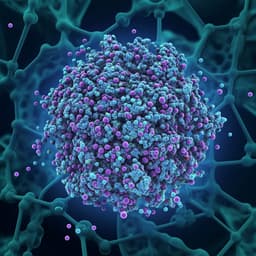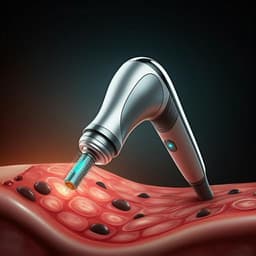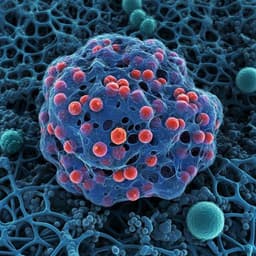
Chemistry
Visible-light-assisted multimechanism design for one-step engineering tough hydrogels in seconds
C. Wang, P. Zhang, et al.
Discover a groundbreaking one-step method for creating tough hydrogels in seconds using visible light, developed by Cong Wang, Ping Zhang, and colleagues. This innovative approach not only enhances mechanical properties but also ensures high strain tolerance, paving the way for exciting applications in material chemistry and flexible electronics.
Playback language: English
Related Publications
Explore these studies to deepen your understanding of the subject.







